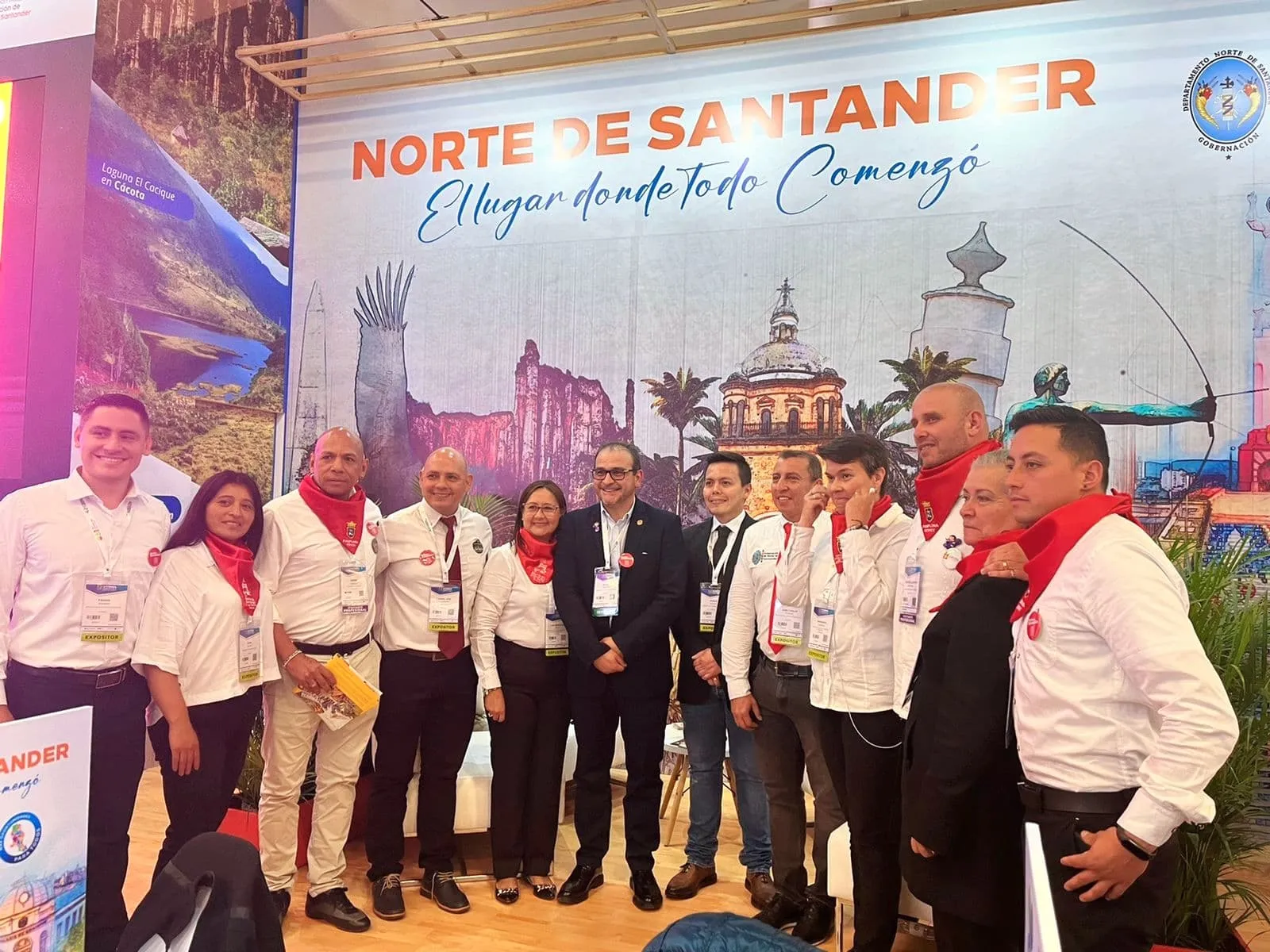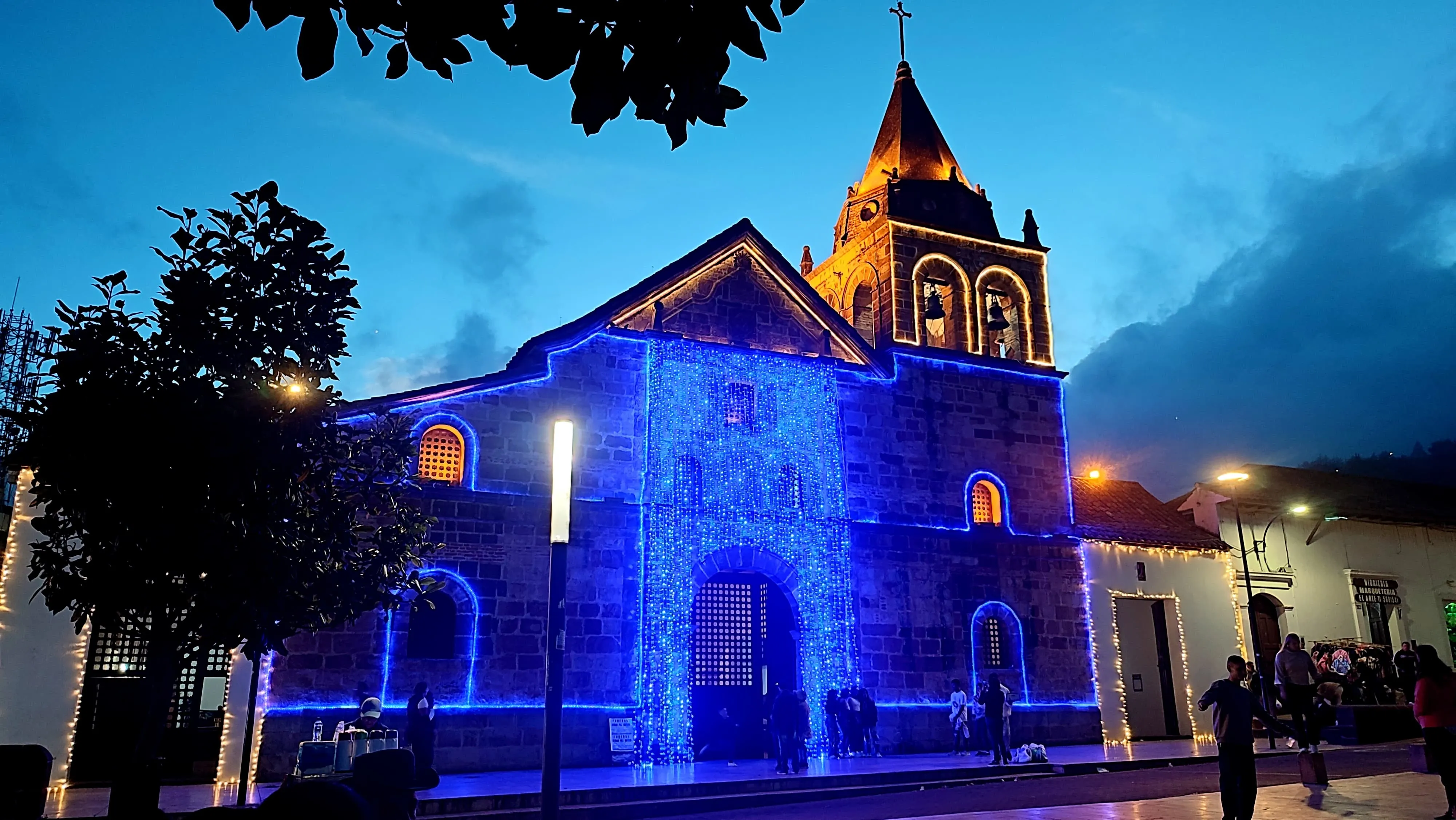Articles
Festivals that connect: music, dance and encounters in the towns of nortesantandereanos
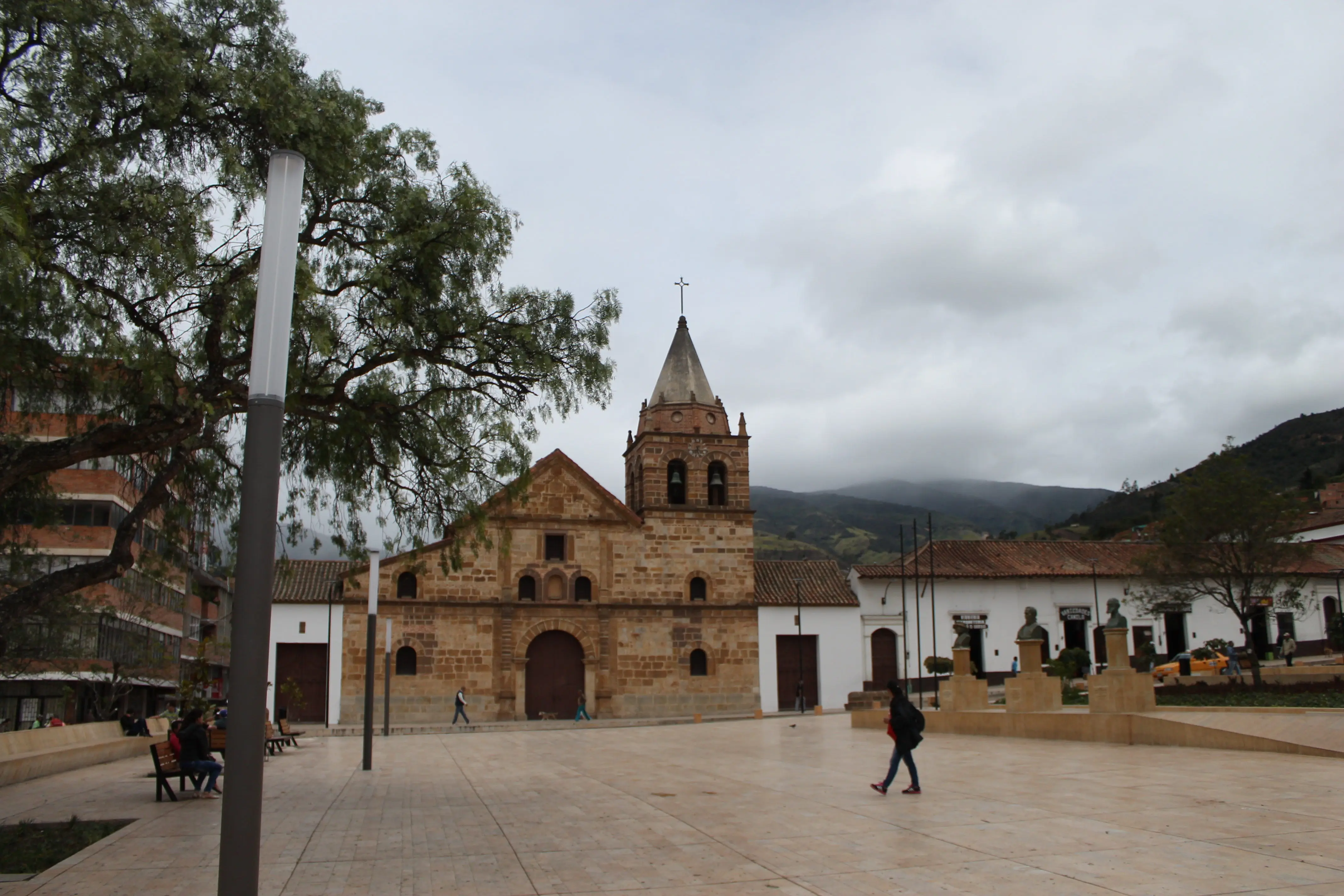
While the big cities run to the rhythm of traffic and haste, there are places high in the mountains where time seems to stand still... to celebrate. July, in the towns of Norte de Santander, is a month where patron saint festivals and cultural festivals flourish like the veraneras on colonial facades. They are less known celebrations, yes, but full of meaning, identity and joy.
From Cácota to Mutiscua, from Silos to Toledo, each municipality has its saint, its dance, its way of paying tribute to history and shared life. This blog is an invitation to discover them, to let yourself be carried away by the rhythm of the drums, the flavors of the land and the warmth of its people.
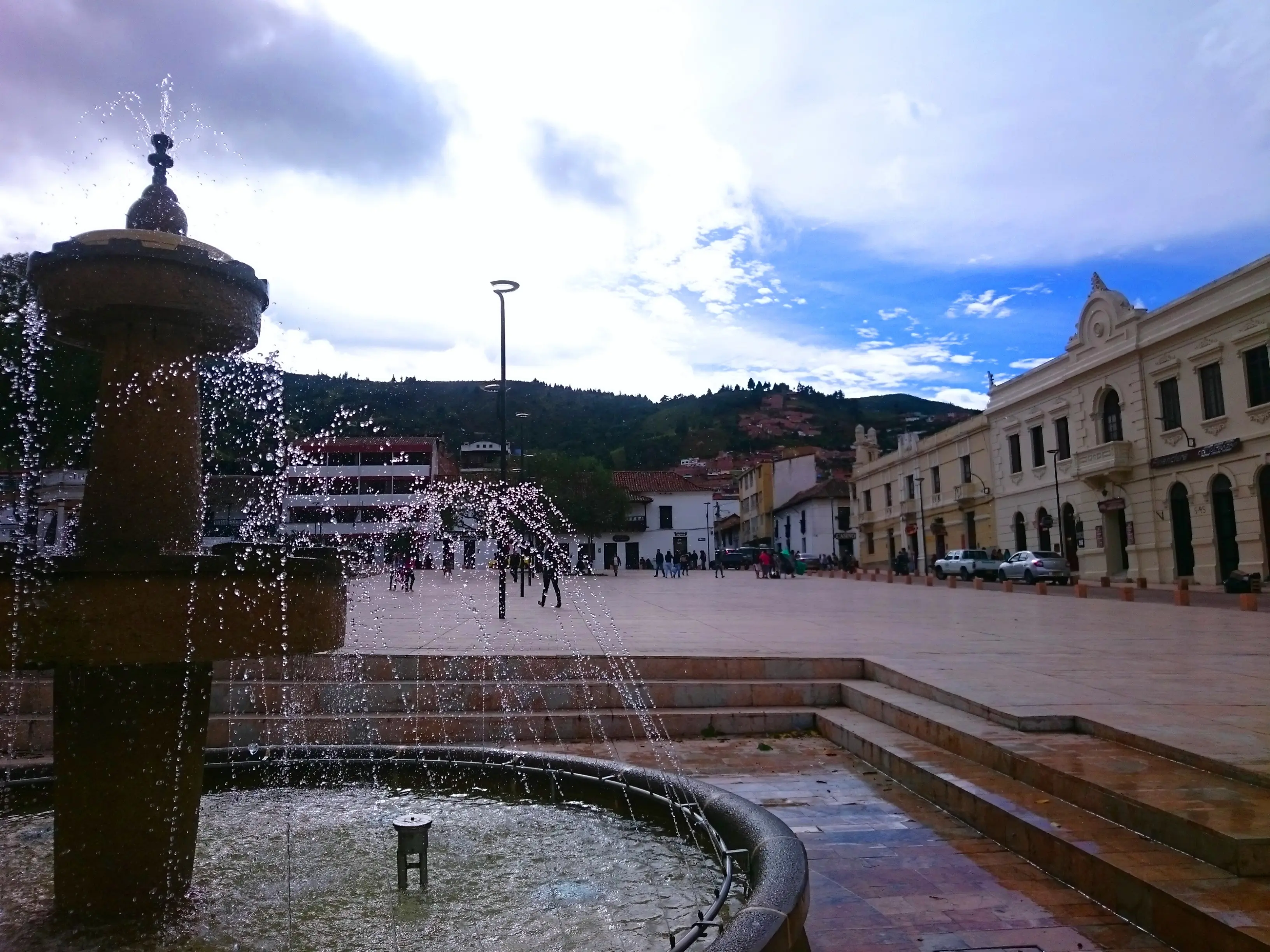
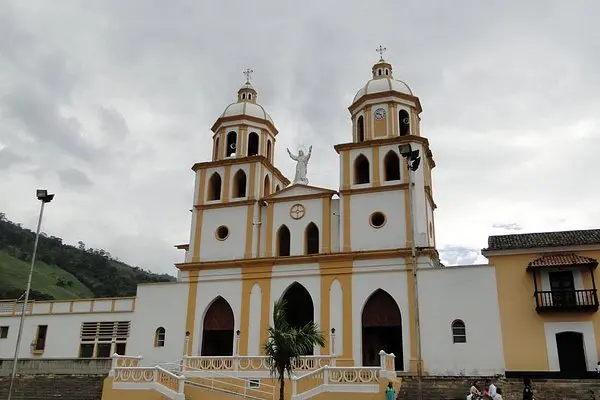
A region that celebrates in its own way
Unlike commercial or mass events, the patron saint festivals in Norte de Santander have a deeply communitarian and traditional character. They are organized by the inhabitants themselves, with the support of parishes, mayor's offices or community boards. In many cases, the activities are prepared weeks in advance: rehearsals of dances, ringing of bells, church arrangements, gathering of food for the community dishes.
Those who arrive as visitors are not just spectators: they are welcomed as part of the party, invited to eat, to dance, to listen to stories and to be part of the collective memory.
Municipalities where tradition is still alive
Here are some towns that usually have traditional celebrations in July. Although the dates may vary slightly each year, the festive spirit remains intact:
Cácota
Small municipality nestled in the mountains, known for its colonial architecture and religious devotion. In July, patron saint activities are celebrated with processions, masses, craft fairs and gastronomic samples. The church, surrounded by cobblestone streets, becomes the heart of the gathering.
Mutiscua
This beautiful town preserves one of the most beloved patron saint festivals by its people. Throughout the month there are religious events, typical dances, sports tournaments, contests and cultural days with the participation of local schools. It is the ideal place to see how tradition and daily life intertwine.
Silos
Famous for its natural landscape, it also offers celebrations with folkloric groups, agricultural fairs and activities in the main square. Traditional dances, such as the torbellino and the bambuco, are protagonists, as well as the string music that resounds among the mountains.
Toledo
Although larger, it retains a strong attachment to its customs. Its religious festivities are mixed with cultural activities: parades, parades, popular concerts and gastronomic fairs. Toledo families living in other cities usually return for these dates.
Dance as a common language
In all these towns, music and dance are a fundamental part. The bambuco, the torbellino and the pasillo are played by local groups that have been learned from generation to generation. Many times, the typical costumes are made by the mothers or grandmothers of the children who are going to dance.
There are festivals where they compete for the best dance, but beyond the trophy, the important thing is the pride of showing their own culture, the flavor of the peasant movement, the rhythm that comes from the heart and feet.
The taste of the party
And what would a party be without food? In the patron saint celebrations, local gastronomy plays a leading role. Here are some of the delicacies that are usually served:
- Mute santandereano: a thick soup with grains, corn, meat and yucca.
- Chickpea empanadas and rice cakes: served with homemade chili.
- Chicha and masato: fermented corn beverages, traditional in celebrations.
- Peeled arepas, mazamorra, tamales and corncob wraps.
In some villages, community lunches are even organized where everyone contributes an ingredient. Eating is a way of sharing, of giving thanks, of celebrating the abundance of the land.
Where to stay to experience it all?
Although some towns have basic accommodations, the best way to enjoy the festivities without complications is to stay at the Hotel Cariongo, in its Pamplona or Chinácota locations.
- From Pamplona, you can easily travel to Cácota, Mutiscua and Silos.
- From Chinácota, you can access other nearby municipalities or simply rest in a natural environment after a day of festivities.
The hotel offers comfort, local food, close attention and above all, a strategic location for those who want to explore the culture of the region while still having a good rest.
What to bring to these parties?
- Comfortable and warm clothes: especially if you go to cold towns like Cácota or Mutiscua.
- Walking shoes: many of the events are held in squares or cobblestone streets.
- Camera or cell phone with good memory: you will want to save lots of memories!
- Small gifts if you visit family or local friends: always welcome.
- Open spirit: be ready to talk, try new flavors and let yourself be surprised.
What this holiday season teaches us
Participating in the patron saint festivities of the towns of Norte de Santander is much more than attending an event. It is a way of recognizing the value of the local, of the living tradition, of the community that still believes in getting together without screens. It is a reminder that culture does not need large stages to excite.
Why visit these towns during their festivities?
The cultural festivals in July are not only an opportunity to see typical dances or try new dishes: they are the perfect excuse to visit towns that sometimes go unnoticed on tourist maps, but that hold a priceless wealth.
Many of these municipalities have resisted oblivion thanks to their people: farmers, artists, cultural leaders, wise grandmothers who still teach how to make arepas on a wood stove and musicians who tune their tiples as if they were tuning their memory. To reach them during their celebrations is to see them shine at their best.
In addition, during these dates:
- The streets are filled with flags, flowers and handmade decorations.
- Contests of coplas, declamation, traditional games, popular reigns are organized.
- Schools and community groups put on plays or folkloric performances.
The whole town gets involved. Even the children rehearse for weeks to participate, proud to demonstrate their culture. It is in these details that the soul of the place is felt.
What if there is no exact festival in July?
Although not all towns celebrate their patron saint festivals exactly in July, many cultural activities are concentrated in this season because it coincides with:
- School vacations, which allows for greater child participation.
- Return of migrants who live in cities but return to their hometown for vacations.
- Good weather in many areas, which facilitates outdoor activities.
So even if a town's main festival falls in August or September, July is usually a month full of movement, rehearsals, preparations and celebrations in between. Sometimes, the most beautiful thing is not even the central day, but everything that surrounds it.
Nature, culture and relaxation: the perfect combo
In addition to enjoying the festivals, these villages offer something that is not easily found in crowded tourist destinations: authentic tranquility.
- You can walk along rural trails surrounded by crops and birds.
- Breathe fresh air without traffic noise.
- Buy handmade products directly from those who make them: fabrics, sweets, instruments, ceramics.
- Drinking coffee in stores that still keep that smell of old wood and long conversation.
By staying at Hotel Cariongo, whether in Pamplona or Chinácota, you can enjoy this connection with the authentic without sacrificing comfort. Its spaces are designed to offer you rest, good food, warm attention and a strategic location to make daily trips to different towns.
If you are looking for a trip that goes beyond rest, that connects you with the roots of Colombia, with its people, its rhythm and its history, this is your moment. July is a month of celebration in the towns of Norte de Santander. And Hotel Cariongo is the perfect place to start your journey.
Book your room, prepare your senses... and let yourself be carried away by the magic of the traditions that are still alive in every corner.







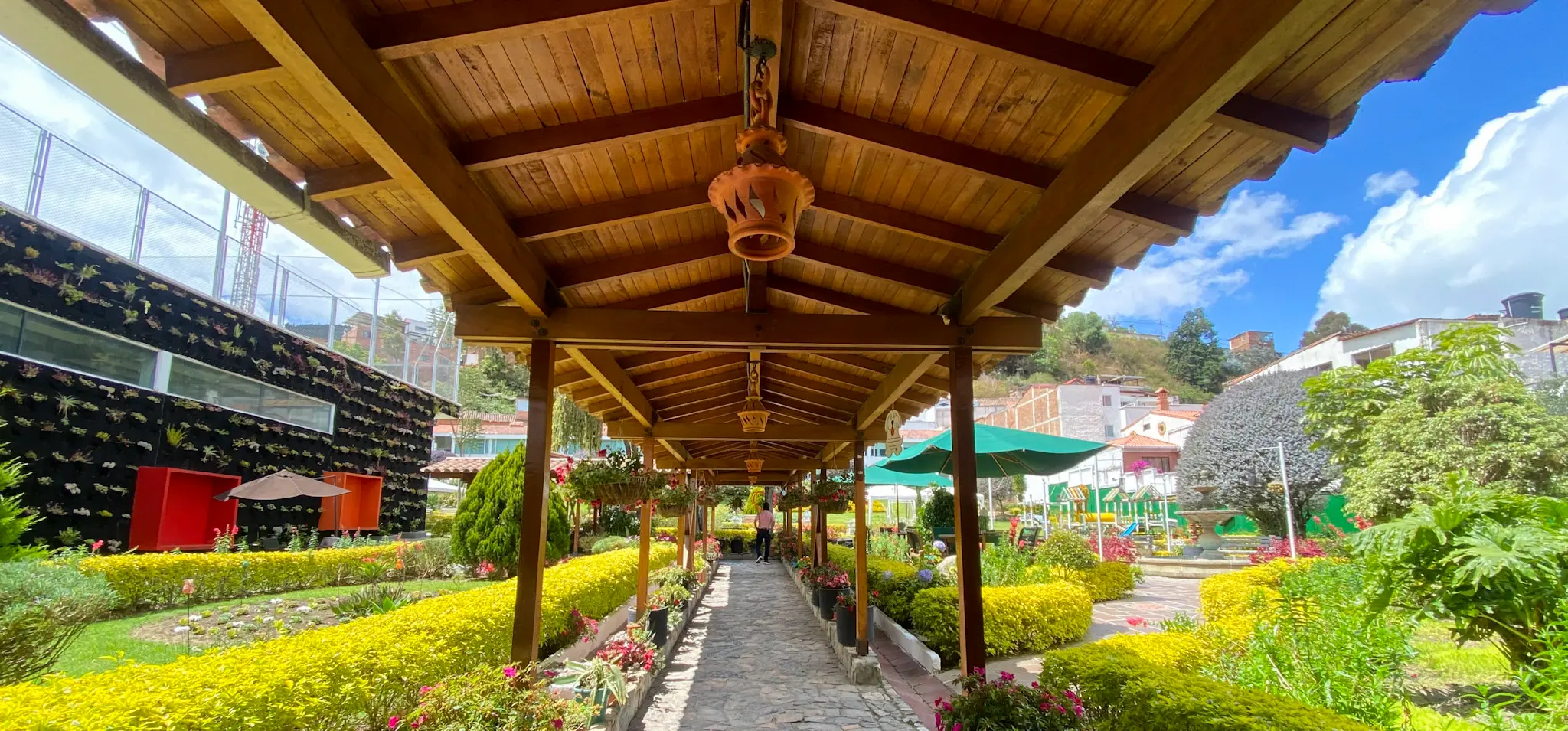
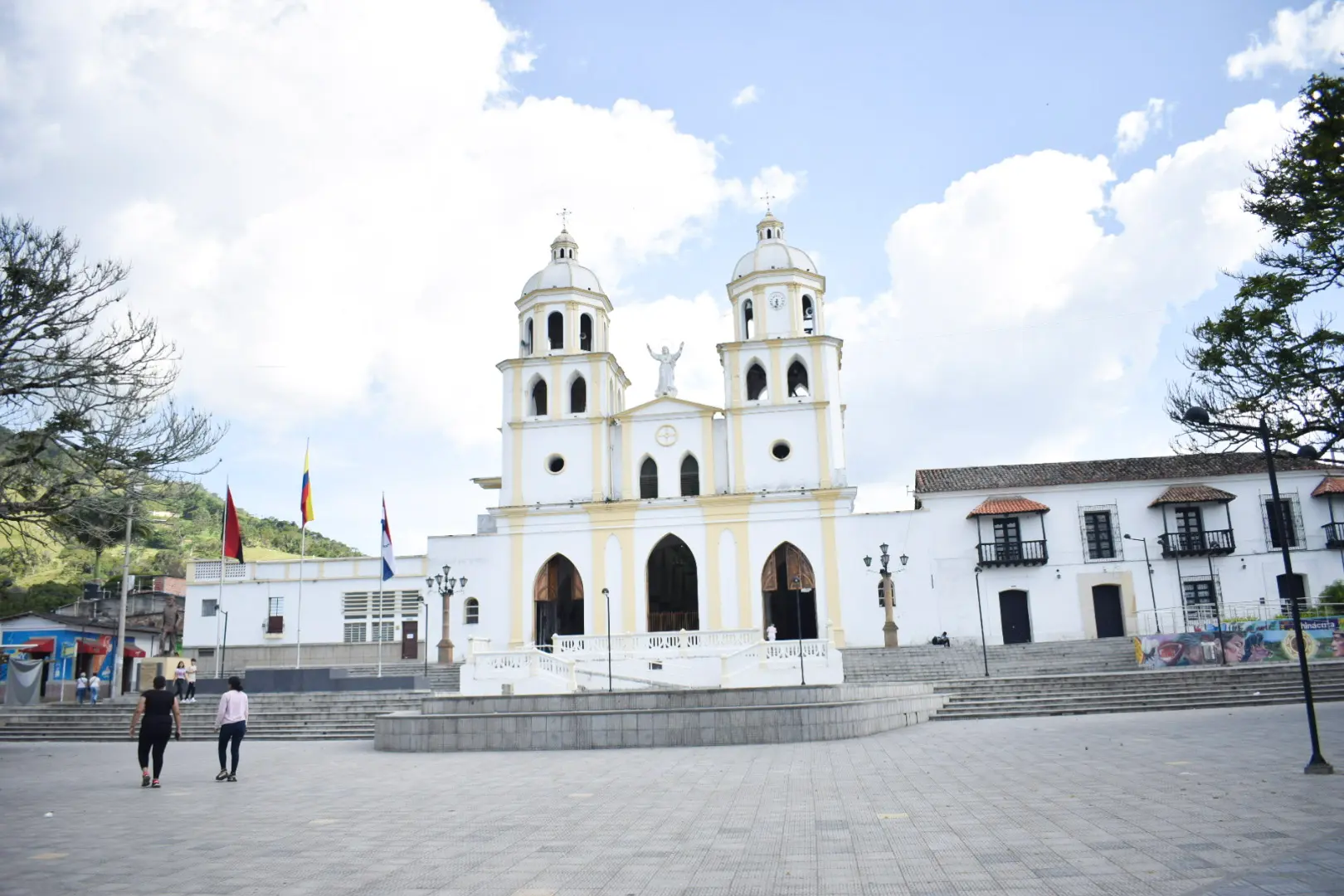
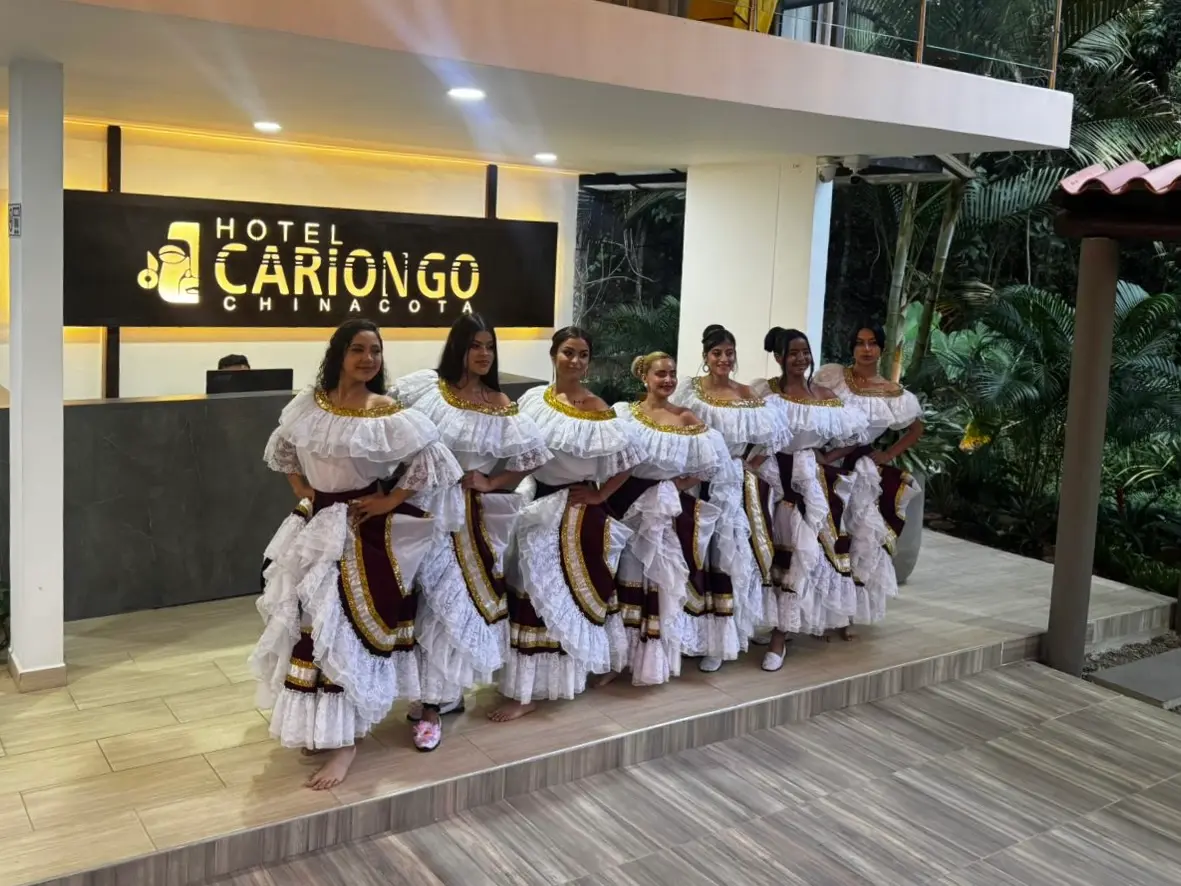
.webp)

%20(1).webp)
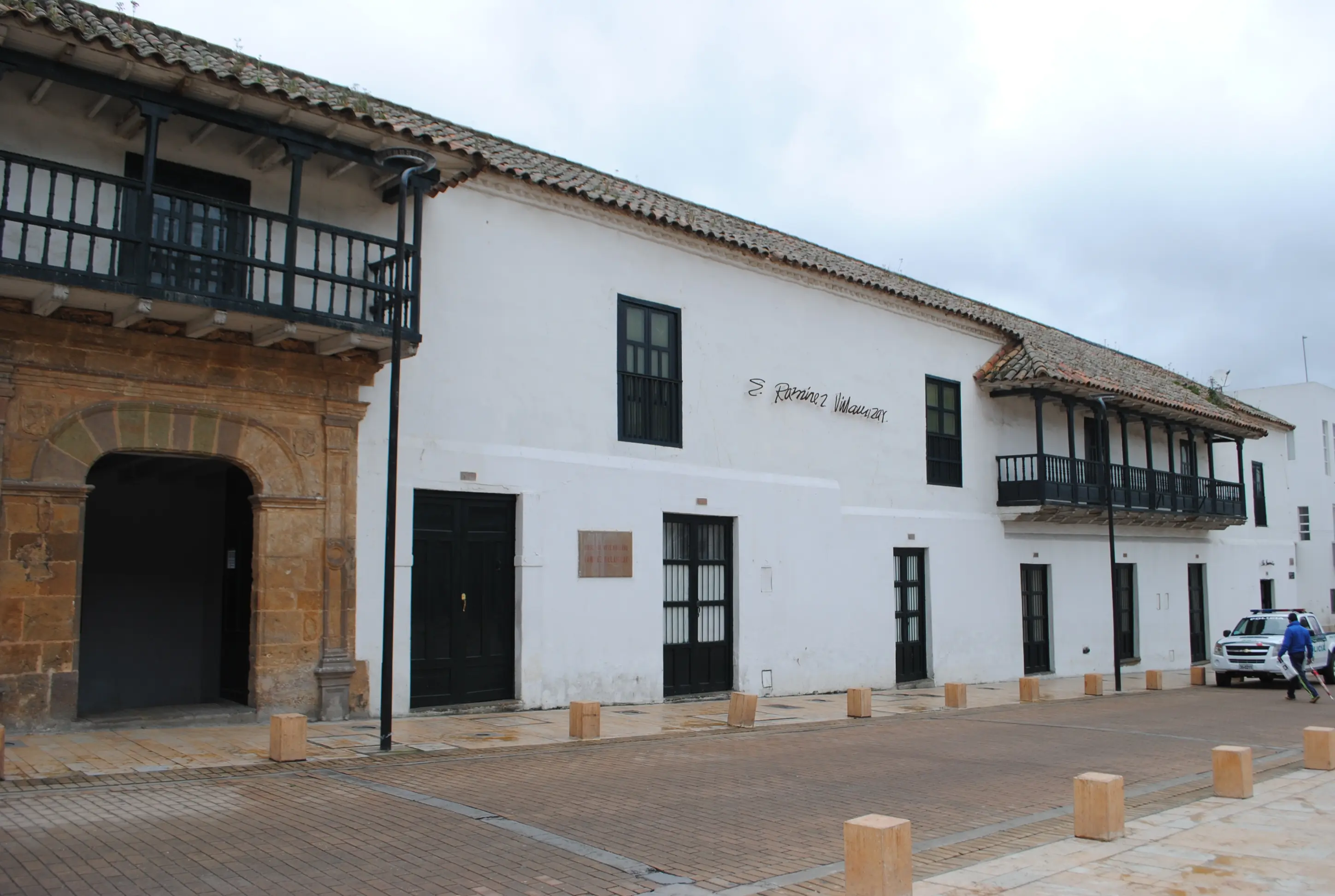
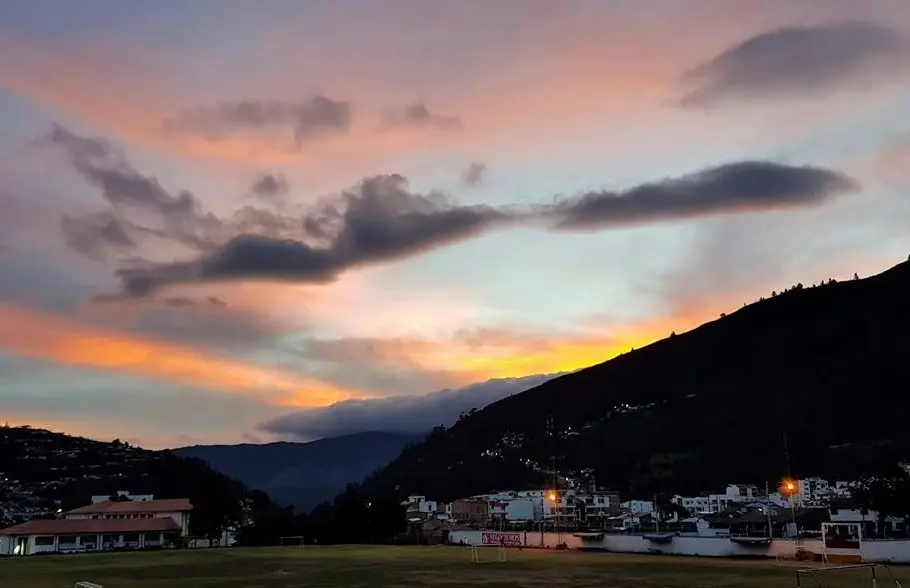

.webp)
.webp)








